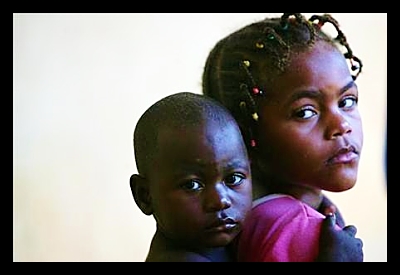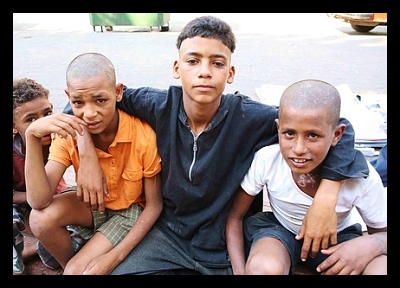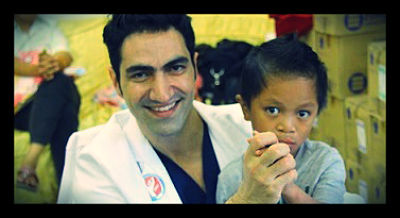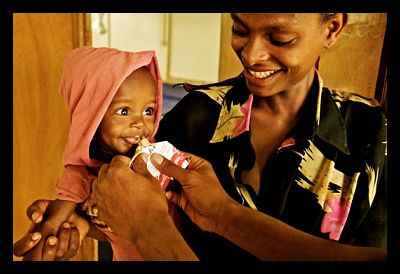
When people ask how to help the poor, child sponsorship often is suggested. Indeed, for a small amount of money each month, organizations allow individuals to sponsor a child and help to provide education, food, and clothing for them. In return, the sponsors get a picture of the child and quarterly or annual updates from the organization regarding their child. It has long seemed like an easy way to make an impact. The question many people ask, however, is does it really work? One development economist decided he was going to find out.
It seemed no one had ever been interested in finding the answer despite the fact that 9 million children are sponsored worldwide and more than $5 billion dollars per year is invested in child sponsorship programs. For organizations, obviously the stakes were high. If they allowed researchers to study the effectiveness of their programs, what would they do if they came back ineffective? After several years, one organization decided to allow themselves to be studied under one condition: anonymity.
The study initially looked at individuals in Uganda, studying 809 individuals including 188 who were sponsored as children. The results from the first study were any economist’s dream. The data clearly showed large and statistically significant impacts on the educational outcomes of sponsored children. It appeared the program was actually working! To solidify the results, the study was conducted in six other countries: Uganda, Guatemala, the Philippines, India, Kenya and Bolivia. Data was obtained on 10,144 individuals and the results were consistent with the first study. 27 to 40% more sponsored children complete secondary school and 50 to 80% more complete a college education. In addition to effects on education, the study found that sponsored children were also more likely to gain meaningful employment.
As a result of the study, the sponsorship organization removed the anonymity clause. Compassion International was the organization that allowed its program to be scrutinized; the results were clear that child sponsorship works. It helps lift kids and families out of poverty and provides them with hope. For more information about child sponsorship, visit Compassion International at www.compassion.com.
– Amanda Kloeppel
Sources: Christianity Today, Compassion International




 Though information is now a button-click or Google search away, most citizens of first world countries tend not to concern themselves with facts and statistics about world poverty. Even the term ‘developing world’ implies that poverty stricken third world and transition countries are part of an entity somehow separate and removed from the ‘developed world’. Here are some poignant and eye-opening facts about world poverty that many first world citizens are not aware of:
Though information is now a button-click or Google search away, most citizens of first world countries tend not to concern themselves with facts and statistics about world poverty. Even the term ‘developing world’ implies that poverty stricken third world and transition countries are part of an entity somehow separate and removed from the ‘developed world’. Here are some poignant and eye-opening facts about world poverty that many first world citizens are not aware of:


